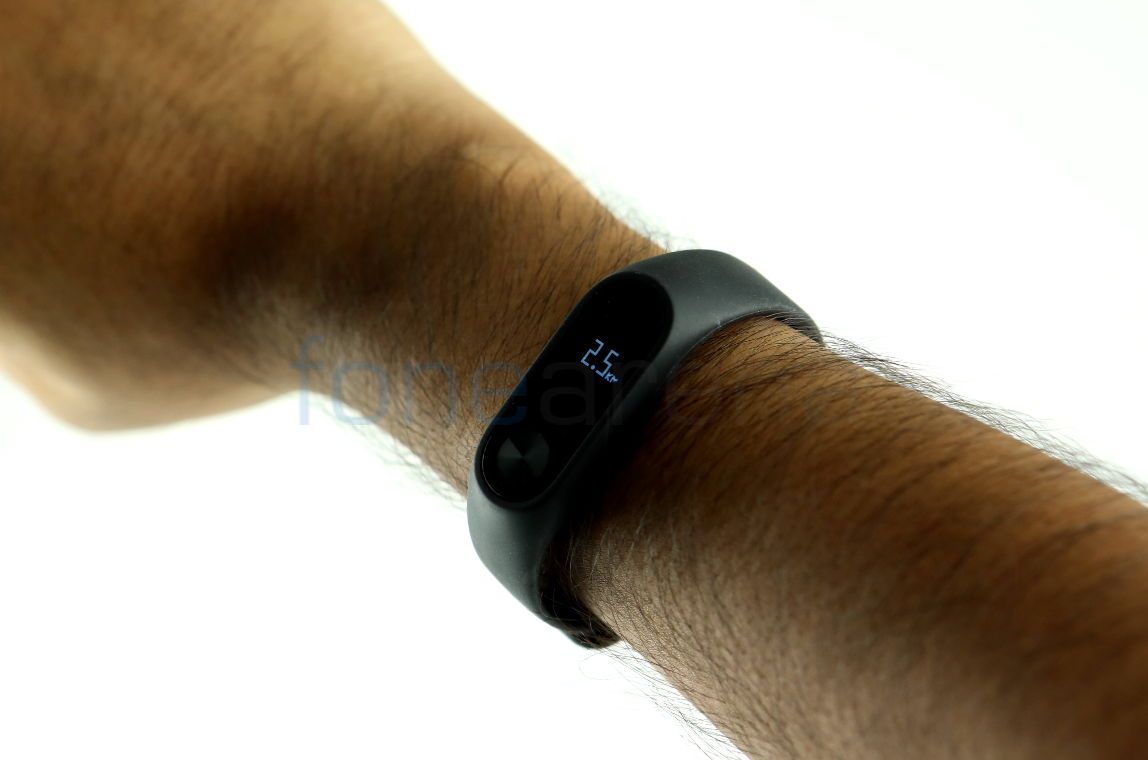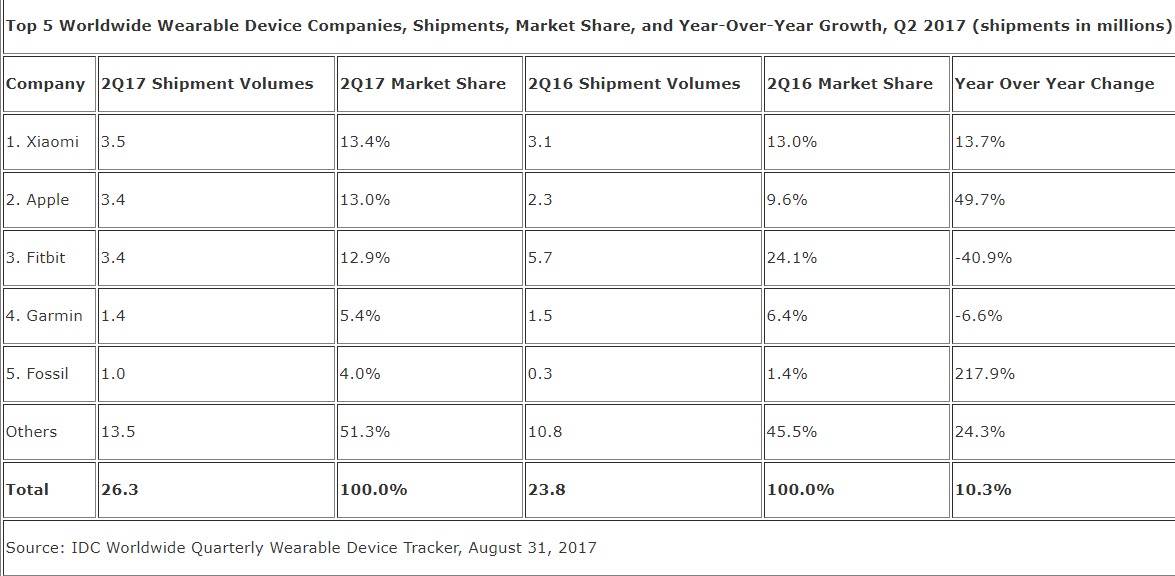
The worldwide wearables shipments grew 10.3% year over year, reaching 26.3 million during the second quarter of 2017 (2Q17), according to the International Data Corporation (IDC) Worldwide Quarterly Wearable Device Tracker.
The quarter also marked a turning point in the market as basic wearables declined for the first time with annual growth of -0.9%. Meanwhile, smartwatches like the Apple Watch and Android Wear lineup grew 60.9% in the quarter thanks to fitness and fashion enthusiasts. Xiaomi maintained its lead in the second quarter thanks to low-cost devices. It shipped 3.5 million units in Q2 2017 and grabbed a share of 13.4%. Apple also continued its growth by shipping 3.4 million units and taking a market share of 13%. Fitbit, Garmin and Fossil had 12.9%, 5.4% and 1% market share respectively.

Jitesh Ubrani senior research analyst for IDC Mobile Device Trackers.
The transition towards more intelligent and feature-filled wearables is in full swing. For years, rudimentary fitness trackers have acted as a gateway to smartwatches and now we’re at a point where brands and consumers are graduating to a more sophisticated device. Previous niche features such as GPS and additional health tracking capabilities are quickly becoming staples of the modern smartwatch. Just a year ago only 24.5% of all wearables had embedded GPS while today that number has reached almost 41.7%.
Ramon Llamas, research manager for IDC’s Wearables said,
Market growth favored new and emerging products in the second quarter. Smartwatches recorded double-digit year-over-year growth, with much of that increase attributable to a growing number of models aimed at specific market segments, like the fashion-conscious and outdoor enthusiasts in addition to the technophile crowd, lower price points, and a slowly-warming reception from consumers and enterprise users alike. Factor in how smartwatches are taking steps to become standalone devices, and more applications are becoming available, and the smartwatch slowly becomes a more suitable mass market product.
